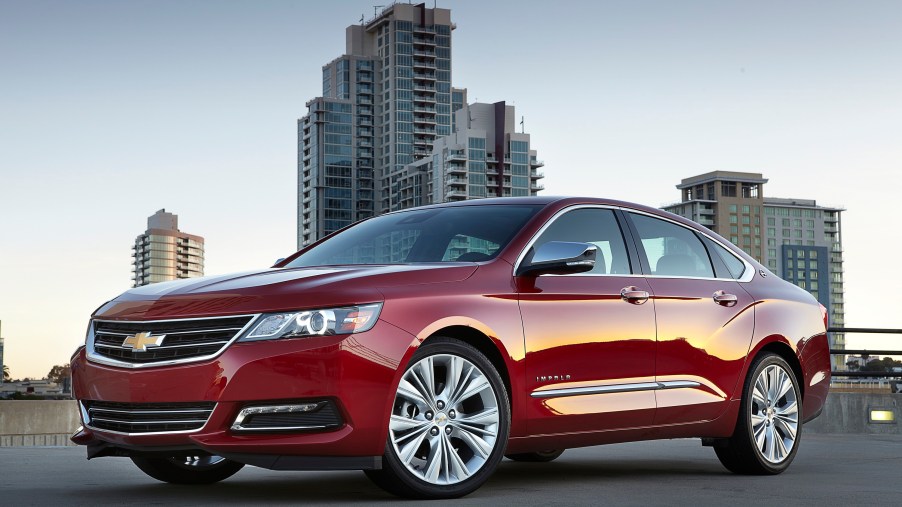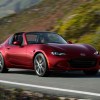
First Six Months of Car Sales the Worst Since 2013
The first six months of 2019 were a slow crawl for automakers. From January to June of this year, the number of new car and light truck sales is the lowest they have been in a six-month period since 2013, according to Bloomberg Business. Sales have dropped from 17.3 million in June 2018 to 17 million this June.
More support for this trend is the average price that buyers pay for cars, which is estimated to reach $33,346 in the first six months of this year. This number reflects an increase of almost 4% since last year and is another factor in decelerating car sales.
This news doesn’t mean that the industry is tanking. But it does signal that car buyers are being priced out of the new car market and are opting to buy used vehicles if they haven’t already decided to keep their current cars longer. Retail sales have fallen slightly over 3% over the past six months as a consequence of this buyer behavior.
Staying afloat with fleets
Automakers’ inventories have reached an all-time high due to shrinking retail sales. In order to move their backlog, car manufacturers have been selling large numbers of vehicles to rental-car companies and commercial buyers such as corporations, government agencies, and utilities.
For example, one-third of total car and light truck sales for Ford and Nissan in March 2019 were made to non-retail buyers, according to The Detroit News. As a result of the deals worked out between automakers and commercial buyers, fleet sales have increased by nearly 4% and are on track for a record year.
More SUVs and trucks, please
The analysts’ report suggests that Americans are turning away from sedans and compact cars. Automakers that are expected to take the worst hits in declining passenger car sales are GM at 31%, Ford at 27%, and Fiat Chrysler at 21%.
But consumers seem to be willing to spend more on new SUVs and trucks when they do commit to buying. The high demand for these vehicles helps automakers hold on to profits while keeping incentives in balance. A relatively healthy economy, along with solid consumer confidence and low employment, helps to compensate somewhat for the higher interest rates for car loans.
Truck sales numbers for individual carmakers this past half of the year are mixed, however. Dodge Ram pickups with appealing incentives are front and center for buyers as evidenced by Fiat Chrysler’s growing increase in truck incentive spending. Ford and GM, on the other hand, have been shelling out less on truck incentives. And GM can expect to feel more fiscal pain this year because it introduced pickups with regular and double cabs, which may be a harder sell than the older crew cabs it was selling last year at this time.
Trends brewing in the background
The downward movement of car sales reported in the first six months of this year is part of a trend that has been gradually developing for the past few years. Neal Boudette from The New York Times reports that, although car and light truck sales grew steadily from 2009 to 2016, retail vehicle sales began to slowly slide downhill from 2016 onward.
A related trend that also started around 2009 was the growth in sales of SUVs, which has increased from about 3 million in sales that year to near 8 million last year. In comparison, automakers sold almost 6 million passenger cars in 2009 which, after a spike to near 8 million in 2014, slipped down to 5 million in 2018. Pickup trucks and vans sales have been more stable than the previous two categories, growing from 2 million in 2009 to just under 4 million in 2018.
What the second half of 2019 might look like
If analysts’ projections moving toward 2020 hold true, SUVs will continue to be popular among buyers, with trucks and crossovers holding their own.
GM and Ford seem to have gotten the word that more buyers are saying no to passenger cars. By the end of 2019, GM will have discontinued the Chevy Volt, Chevy Impala, Chevy Cruze, Buick LaCrosse, Cadillac ATS, Cadillac XTS, and Cadillac CT6. Ford will have offloaded the Fiesta, Focus, Fusion, and Taurus from its lineup before the end of 2020.
As for vehicle prices, analysts at JP Morgan predict that buyers will pay $1,600 more on average for the SUV, crossover, or truck they covet since the buyer incentives won’t be as attractive as they were last year. This could mean that sales for these vehicles might flatten a bit in the second half of 2019 if buyers can’t get the deals they want.


